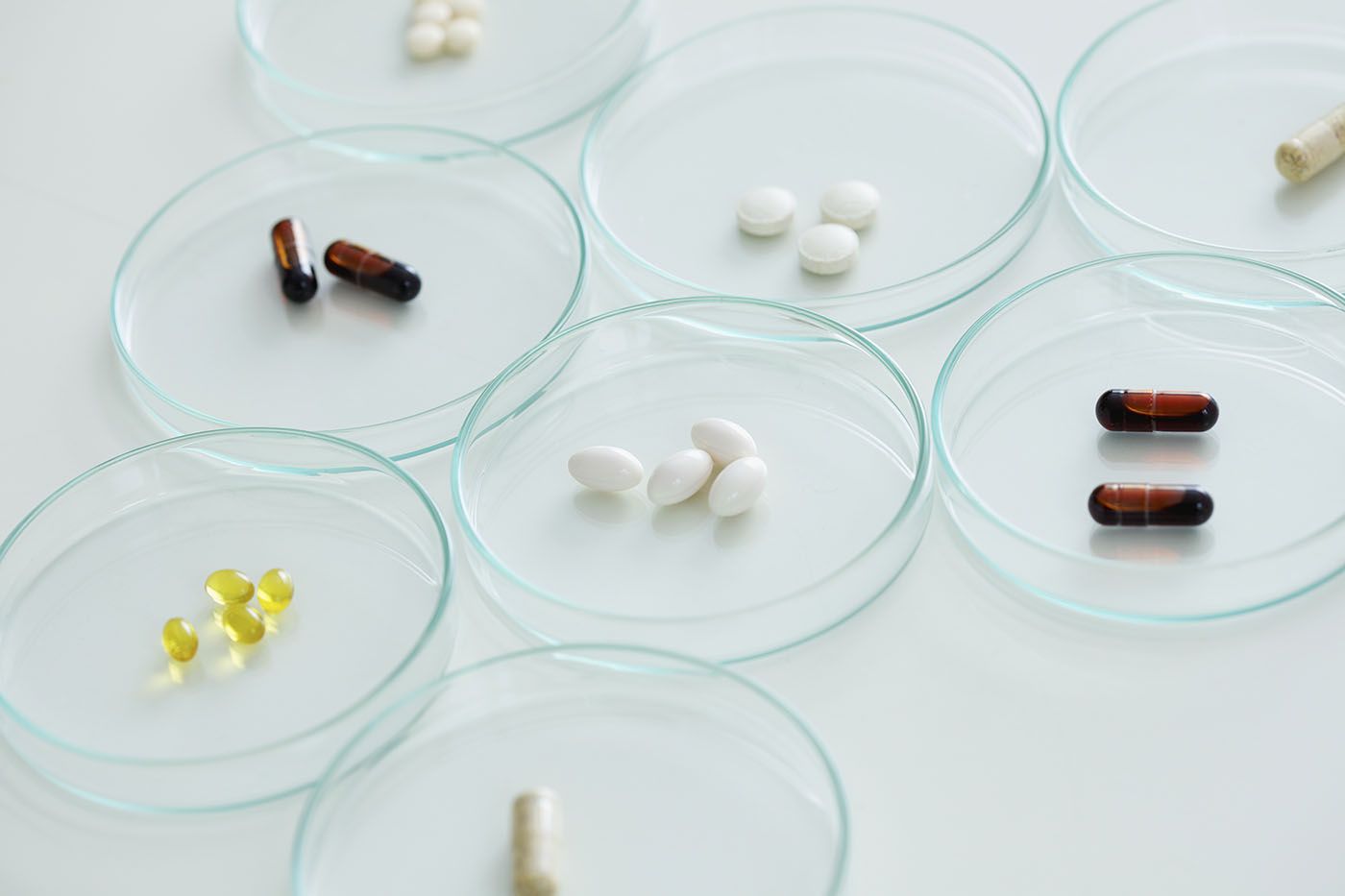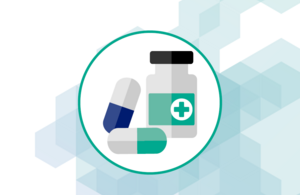Antimicrobial resistance (AMR) is an immediate crisis, with nearly five million deaths linked to it in 2019, surpassing fatalities from HIV/AIDS and malaria combined. Projections indicate that by 2050, AMR could claim over eight million lives annually and incur global costs of $100 trillion. This escalating threat jeopardizes healthcare advancements, economic stability, and food security, necessitating urgent and coordinated action.
To combat AMR effectively, it is crucial to enhance the development pipeline for antimicrobial drugs alongside innovative diagnostics. This dual approach will ensure appropriate drug use, mitigating resistance development. However, the current landscape reveals a stark innovation deficit, with only 97 novel antimicrobial agents in development as of 2023, many of which fail to meet essential innovation criteria. This shortfall underscores the need for strategic funding and collaborative efforts to drive AMR innovation.
Moreover, the integration of rapid, accurate diagnostics is vital to guide antimicrobial therapy, as empirical treatment often leads to misuse and worsens resistance. Emerging technologies in diagnostics promise to improve treatment outcomes, yet their practical application at the point of care remains a challenge. As the industry navigates these complexities, fostering partnerships and aligning incentives will be critical to advancing both diagnostics and therapeutics, ultimately safeguarding public health against the looming threat of AMR.
Open the full market picture for your next decision →



